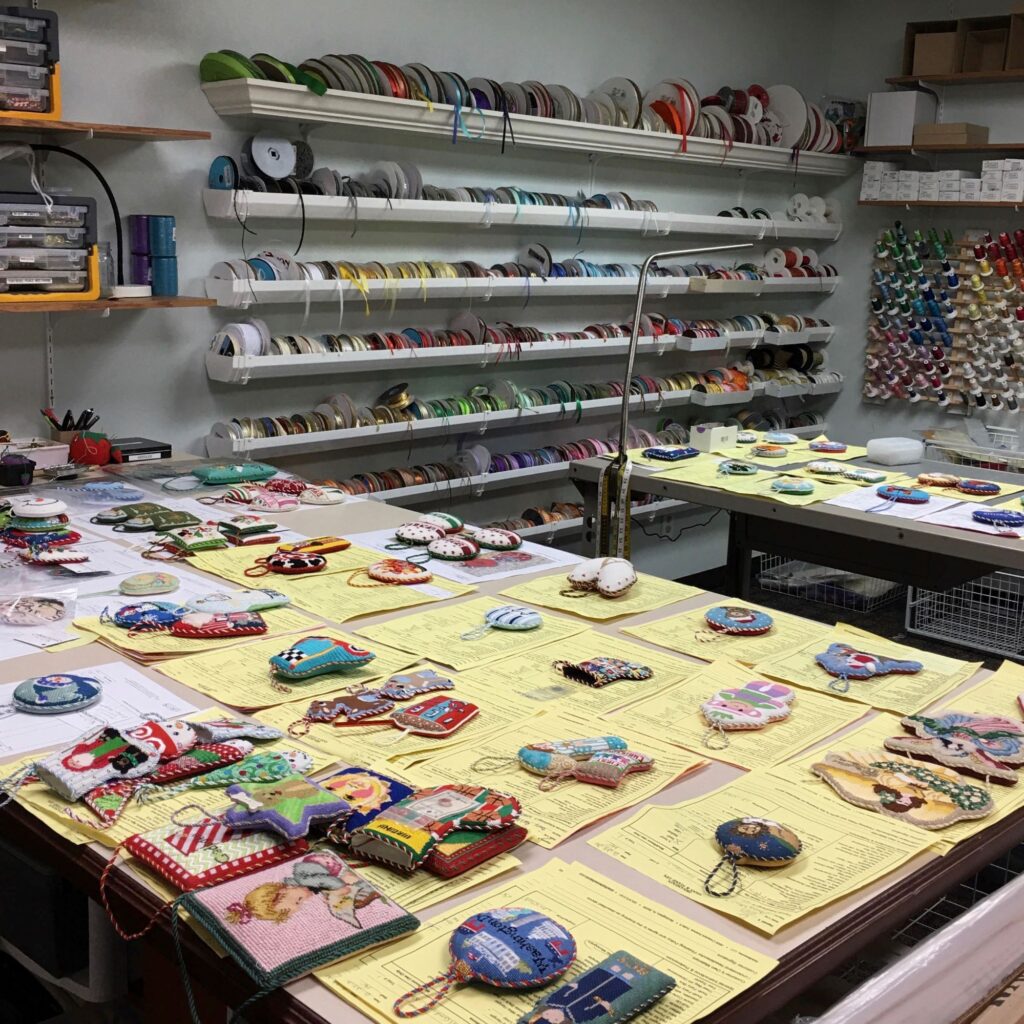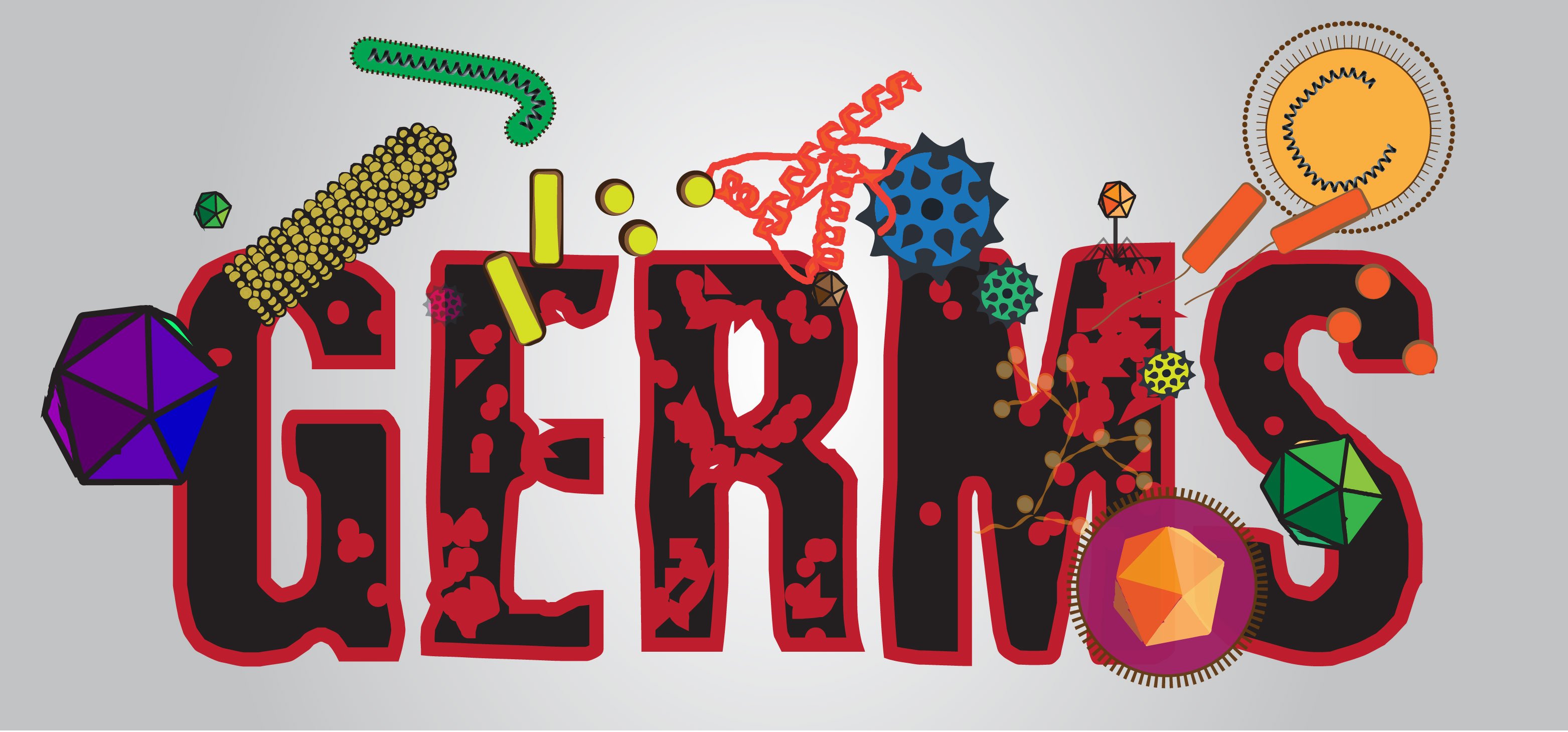I didn’t coin the term “longform nonfiction,” but I cannot recall where I learned the term. Probably Teri Lesesne. Longform nonfiction includes various types of nonfiction presented in a format that is NOT poetry, a graphic novel or a...
I didn’t coin the term “longform nonfiction,” but I cannot recall where I learned the term. Probably Teri Lesesne. Longform nonfiction includes various types of nonfiction presented in a format that is NOT poetry, a graphic novel or a picture book. Check out more nonfiction titles in other formats on the Nerdies lists that have appeared already this week.
Congratulations to the winner’s of the 2023 Nerdy Book Club Award for Best Longform Nonfiction! Thank you to everyone who nominated books for this year’s ballot.
(Book descriptions are taken from publishers’ websites and goodreads.)
This year’s winners are:
Accountable: The True Story of a Racist Social Media Account and the Teenagers Whose Lives It Changed by Dashka Slater

When a high school student started a private Instagram account that used racist and sexist memes to make his friends laugh, he thought of it as “edgy” humor. Over time, the edge got sharper. Then a few other kids found out about the account, and pretty soon, everyone knew. Ultimately no one in the small town of Albany, California, was safe from the repercussions of the account’s discovery: not the girls targeted by the posts. Not the boy who created the account. Not the group of kids who followed it. Not the adults?educators and parents?whose attempts to fix things too often made them worse. In the end, no one was laughing, and everyone was left wondering: What does it mean to be held accountable for harm that takes place behind a screen?
America Redux: Visual Stories from Our Dynamic History by Ariel Aberg-Riger

America Redux explores the themes that create our shared sense of American identity and interrogates the myths we’ve been telling ourselves for centuries. With iconic American catchphrases as chapter titles, these twenty-one visual stories illuminate the astonishing, unexpected, sometimes darker sides of history that reverberate in our society to this very day—from the role of celebrity in immigration policy to the influence of one small group of white women on education to the effects of “progress” on housing and the environment, to the inspiring force of collective action and mutual aid across decades and among diverse groups.
Fully illustrated with collaged archival photographs, maps, documents, graphic elements, and handwritten text, this book is a dazzling, immersive experience that jumps around in time and will make you view history in a whole different light.
Chinese Menu: The History, Myths, and Legends Behind Your Favorite Foods by Grace Lin

From fried dumplings to fortune cookies, here are the tales behind your favorite foods. Do you know the stories behind delectable dishes—like the fun connection between scallion pancakes and pizza? Or how dumplings cured a village’s frostbitten ears? Or how wonton soup tells about the creation of the world?
Separated into courses like a Chinese menu, these tales—based in real history and folklore—are filled with squabbling dragons, magical fruits, and hungry monks. This book will bring you to far-off times and marvelous places, all while making your mouth water. And, along the way, you might just discover a deeper understanding of the resilience and triumph behind this food, and what makes it undeniably American.
Award-winning and bestselling author Grace Lin provides a visual and storytelling feast as she gives insight on the history, legends, and myths behind your favorite American Chinese dishes. Chinese Menu makes the perfect gift book for anyone who loves good food—and an even better story.
History Smashers: Christopher Columbus and the Taino People by Kate Messner and Jose Barreiro, illustrated by Falynn Koch

In 1492, Christopher Columbus sailed across the ocean and discovered America. Right? WRONG! Columbus never actually set foot in what is now the United States. His voyages took him to islands in the Caribbean and along the coast of South America.
The truth is, when Columbus first arrived, Indigenous peoples, including the Taino, had been living there for thousands of years, raising their families, running their societies, and trading with their neighbors. He didn’t “discover” the lands at all! And his name? Not even really Christopher Columbus! Cowritten by bestselling author Kate Messner and our country’s premier Taino scholar, this fascinating addition to the series is the one that teachers have been asking for and that kids need to read.
Impossible Escape by Steve Sheinkin

It is 1944. A teenager named Rudolph (Rudi) Vrba has made up his mind. After barely surviving nearly two years in the Auschwitz concentration camp in Poland, he knows he must escape. Even if death is more likely.
Rudi has learned the terrible secret hidden behind the heavily guarded fences of concentration camps across Nazi-occupied Europe: the methodical mass killing of Jewish prisoners. As trains full of people arrive daily, Rudi knows that the murders won’t stop until he reveals the truth to the world—and that each day that passes means more lives are lost.
Lives like Rudi’s schoolmate Gerta Sidonová. Gerta’s family fled from Slovakia to Hungary, where they live under assumed names to hide their Jewish identity. But Hungary is beginning to cave under pressure from German Nazis. Her chances of survival become slimmer by the day.
The clock is ticking. As Gerta inches closer to capture, Rudi and his friend Alfred Wetzler begin their crucial steps towards an impossible escape.
This is the true story of one of the most famous whistleblowers in the world, and how his death-defying escape helped save over 100,000 lives.
Indigenous Ingenuity: A Celebration of Traditional North American Knowledge by Deidre Havrelock and Edward Kay

Corn. Chocolate. Fishing hooks. Boats that float. Insulated double-walled construction. Recorded history and folklore. Life-saving disinfectant. Forest fire management. Our lives would be unrecognizable without these, and countless other, scientific discoveries and technological inventions from Indigenous North Americans.
Spanning topics from transportation to civil engineering, hunting technologies, astronomy, brain surgery, architecture, and agriculture, Indigenous Ingenuity is a wide-ranging STEM offering that answers the call for Indigenous nonfiction by reappropriating hidden history. The book includes fun, simple activities and experiments that kids can do to better understand and enjoy the principles used by Indigenous inventors. Readers of all ages are invited to celebrate traditional North American Indigenous innovation, and to embrace the mindset of reciprocity, environmental responsibility, and the interconnectedness of all life.
Just Jerry: How Drawing Shaped My Life by Jerry Pinkney

Jerry Pinkney drew everywhere, all the time. It was how he made sense of the world—how he coped with the stress of being a sensitive child growing up in crowded spaces, struggling with a learning disability, in a time when the segregation of Black Americans was the norm. Only drawing could offer him a sense of calm, control, and confidence. When friends and siblings teased him about having the nickname “Jerry” as his only name, his mother always said, “Just ‘Jerry’ is enough. He’ll make something of that name someday.” And so he did, eventually becoming one of the most celebrated children’s book illustrators of all time and paving the way for countless other Black artists.
Jerry’s vivid recollections and lively sketchbook drawings of his youth in postwar America tell an inspiring story of how a hardworking boy pursued his passion in less-than-ideal circumstances and became a legendary artist against all odds.
Plague-Busters!: Medicine’s Battles with History’s Deadliest Diseases by Lindsey Fitzharris, illustrated by Adrian Teal

Smallpox! Rabies! Black Death! Throughout history humankind has been plagued by . . . well, by plagues. The symptoms of these diseases were gruesome-but the remedies were even worse.
Get to know the ickiest illnesses that have infected humans and affected civilizations through the ages. Each chapter explores the story of a disease, including the scary symptoms, kooky cures, and brilliant breakthroughs that it spawned. Medical historian and bestselling author Lindsey Fitzharris lays out the facts with her trademark wit, and Adrian Teal adds humor with cartoons and caricatures drawn in pitch black and blood red. Diseases covered in this book include bubonic plague, smallpox, rabies, tuberculosis, cholera, and scurvy.
Thanks to centuries of sickness and a host of history’s most determined plague-busters, this riveting book features everything you’ve ever wanted to know about the world’s deadliest diseases.
Race Against Death: The Greatest POW Rescue of World War II by Deborah Hopkinson

Following the bombing of Pearl Harbor, America entered World War II, and a new theater of battle opened up in the Pacific. But US troops, along with thousands of Filipino soldiers who fought alongside them, were overtaken in the Philippines by a fiercely determined Japanese navy, and many Americans and Filipino fighters were killed or captured.
These American and Filipino prisoners of war were forced to endure the most horrific conditions on the deadly trek known as the Bataan Death March. Then, the American servicemen who were held captive by the Japanese military in Cabanatuan Camp and others in the Philippines, faced beatings, starvation, and tropical diseases, and lived constantly under the threat of death.
Unable to forget their comrades’ fate and concerned that these POWs would be brutally murdered as the tides of war shifted in the Pacific, the US Army Rangers undertook one of the most daring and dangerous rescue missions of all time. Aided by the “Angels of the Underground,” the Sixth Ranger Battalion and courageous Filipino guerrilla soldiers set out on an uncertain and treacherous assignment. Often called the Great Raid, this remarkable story remains largely forgotten.
Sibert Honor author Deborah Hopkinson presents an extraordinary and unflinching look at the heroic servicemen and women who courageously weathered the worst of circumstances and conditions in service to their country, as well as those who answered the call to save their fellow soldiers.
The Mona Lisa Vanishes: A Legendary Painter, a Shocking Heist, and the Birth of a Global Celebrity by Nicholas Day, illustrated by Brett Helquist

A propulsive work of narrative nonfiction about how the Mona Lisa was stolen from the Louvre, how the robbery made the portrait the most famous artwork in the world—and how the painting by Leonardo da Vinci should never have existed at all.
On a hot August day in Paris, just over a century ago, a desperate guard burst into the office of the director of the Louvre and shouted, La Joconde, c’est partie ! The Mona Lisa, she’s gone!
No one knew who was behind the heist. Was it an international gang of thieves? Was it an art-hungry American millionaire? Was it the young Spanish painter Pablo Picasso, who was about to remake the very art of painting?
Travel back to an extraordinary period of revolutionary turn-of-the-century Paris. Walk its backstreets. Meet the infamous thieves—and detectives—of the era. And then slip back further in time and follow Leonardo da Vinci, painter of the Mona Lisa , through his dazzling, wondrously weird life. Discover the secret at the heart of the Mona Lisa —the most famous painting in the world should never have existed at all.
Total Garbage: A Messy Dive into Trash, Waste, and Our World by Rebecca Donnelly, illustrated by John Hendrix

Trash has been part of human societies since the beginning. It seems like the inevitable end to the process of making and using things?but why?
In this fascinating account of the waste we make, we’ll wade into the muck of history and explore present-day STEM innovations to answer these important
What is garbage?
Where does our garbage come from?
Why do we make so much garbage?
Where does our garbage go?
What can we learn from our garbage?
How bad is our garbage problem?
How can we do better?
Rebecca Donnelly tackles the extraordinary, the icky, and the everyday, helping us see how our choices, personal and societal, impact our world and our planet?and encouraging us make a change.
What It’s Like to Be a Bird: From Flying to Nesting, Eating to Singing–What Birds Are Doing and Why (Young Readers Edition) by David Allen Sibley

In this edition for young readers adapted from the bestselling work written and illustrated by David Allen Sibley, readers will find a unique treasure trove of fascinating facts about birds, paired with more than 300 full-color illustrations—some life-size! The extraordinary world of birds is brought to life on the page.
Did you know that many species of birds have sensory abilities that surpass those of humans? Or that some birds spend the entire winter in the air, and even sleep while flying? Have you ever wondered why birds have feathers? Or why they are a particular color? Have you noticed that some birdsong sounds like a musical scale?
Maybe you’re more interested in “how” How do birds actually fly or swim? How and why do some birds migrate? How do they find food? How do they take care of their offspring?
Birds are not only beautiful and fascinating, but they also serve an essential role in our ecosystem. This book shows how birds and humans are intrinsically connected, sometimes helping and sometimes hindering each other.
Perfect for dedicated birdwatchers—or for anyone who simply delights in noticing birds in their neighborhood. Readers can explore, share, and return to the pages again and again, each time gaining a broader appreciation for our enchanting feathered friends.
Where Are the Aliens?: The Search for Life Beyond Earth by Stacy McAnulty, illustrated by Nicole Miles

Scientists haven’t discovered life beyond Earth, not even a single teeny-tiny organism. But there’s a whole lot of outer space, and humans have searched only a fraction of a fraction of it. So do you believe in the possibility of life out there? Or do you think Earth is perfectly unique in its ability to grow organisms?Where Are the Aliens? takes readers on a journey of theories and discoveries, from the big bang and primordial soup, to how the ancient Greeks considered the cosmos, to the technology used today to listen and (possibly!) communicate with far-off exoplanets. Packed with playful illustrations and fascinating factoids, this is the perfect book for anyone who has ever looked up and asked, “What’s out there?”
Who’s Got Mail? The History of Mail in America by Linda Barrett Osborne

Who’s Got Mail? is an intriguing and fact-filled look at how the mail has been delivered in the United States since before the Constitution was even signed. In the United States, the spread of the postal service went hand in hand with the spread of democracy and transportation. As settlement spread west, communication became even more important to let distant residents feel that they were American; no part of the country was too far away, no village or farm too small to have access to the post.
Moreover, the Post Office has always been a public service—it was not originally designed to make a profit or act like a business, but to deliver letters, medical supplies, packages ordered through catalogs, and all the things that Americans need at a reasonable cost. Over the centuries, it has also been one of the largest employers in the United States, particularly as a means for African Americans and women to secure stable, middle-class jobs.
Full of eccentric characters, great stories, and technological achievements, this fun middle-grade narrative nonfiction celebrates one of our oldest and strongest institutions and is a true testament to the spirit of American democracy.
You: The Story: A Writer’s Guide to Craft Through Memory by Ruta Sepetys

#1 New York Times bestselling author Ruta Sepetys is known for creating vivid characters and harrowing plots. After five award-winning works of historical fiction and countless hours of meticulous research, she can affirm that the secret to strong writing is embedded within your life experience.
You: The Story is a powerful how-to book for aspiring writers that encourages you to look inward and excavate your own memories in order to discover the authentic voices and compelling details that are waiting to be put on the page. Masterfully weaving in humorous and heartfelt stories from her own life that illustrate an aspect of the craft of writing (such as plot, character development, or dialogue), Sepetys then inspires readers with a series of writing prompts and exercises.
Perfect for fans of Burn After Writing and Bird by Bird, You: The Story awakens the emerging writer and reveals that with some reflection, curiosity, and courage, you have a story to tell.
We still have the middle grade and young adult fiction Nerdies to come! More wonderful books to share in the new year!
Donalyn Miller is a Texas educator and the author or co-author of numerous books, articles, and essays about engaging young people with reading and ensuring meaningful book access. Her most recent books are The Joy of Reading (2022) co-written with Teri Lesesne and The Commonsense Guide to Your Classroom Library (2022) co-written with Colby Sharp. Donalyn lives in downtown San Antonio with her spouse and their overflowing bookshelves. You can find Donalyn online on Twitter (she refuses to call it X) and Instagram.












